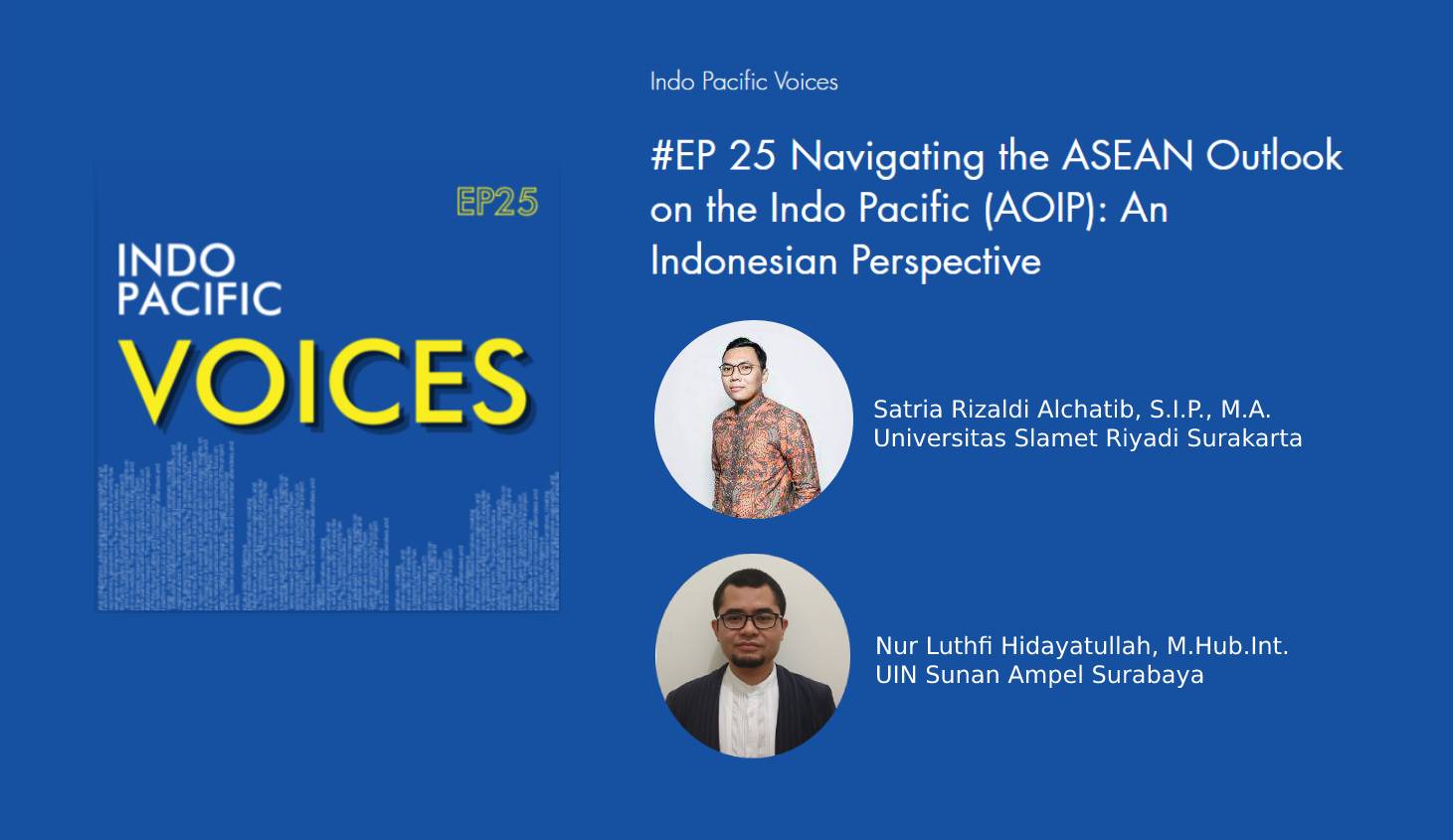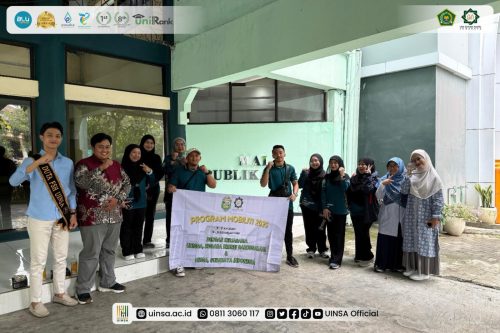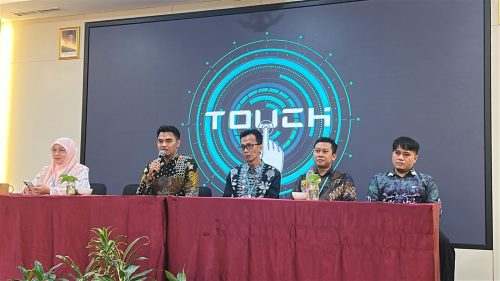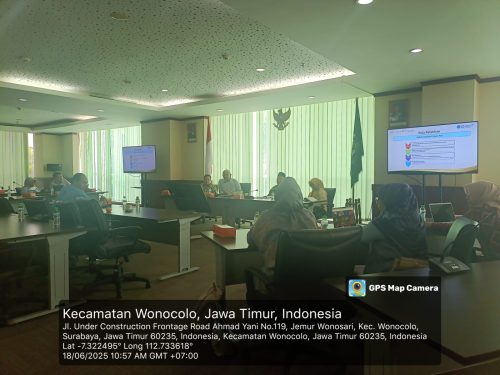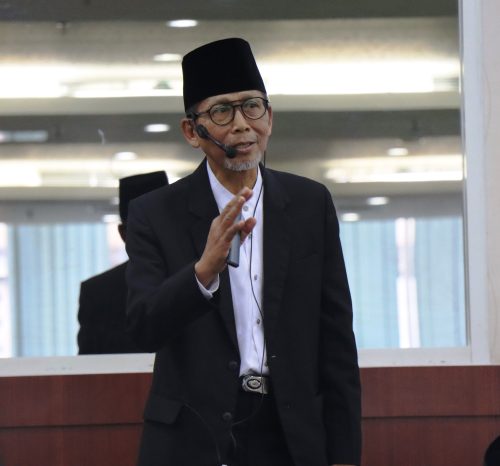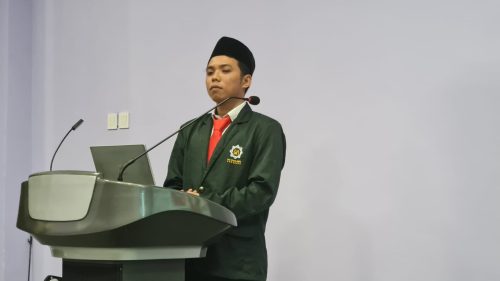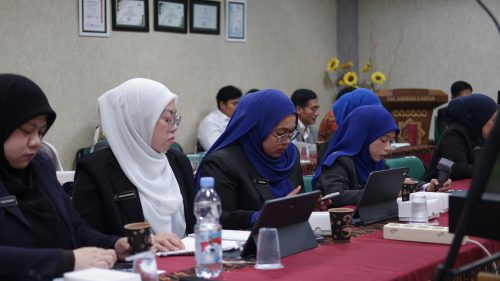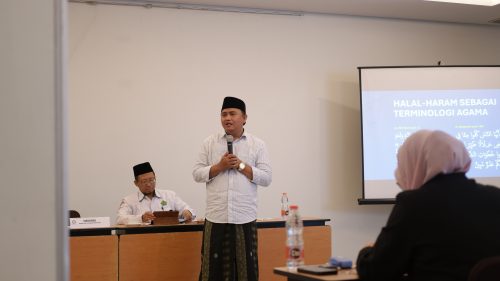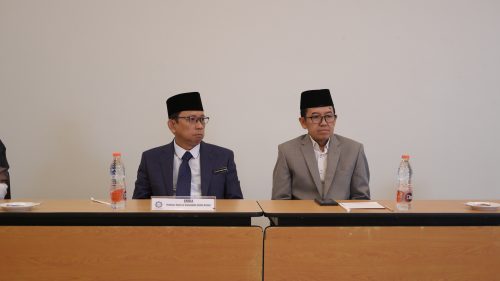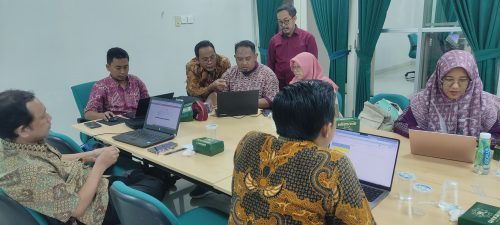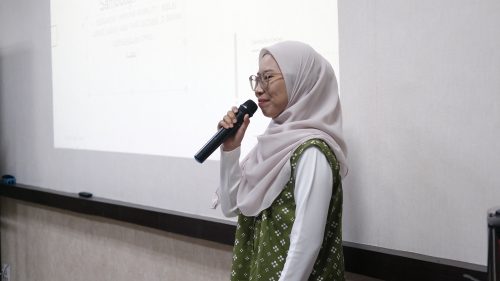Wednesday, 11 January 2023

The Indo Pacific region is one of the most contested regions in the world right now, at the center stage of two of the largest oceans in the world, the Pacific Ocean and the Indian Ocean. With increasing great power competition, this region has a lot of potentials but also a lot of risk. The ASEAN outlook on the Indo Pacific (AoIP) came up with the idea of mitigating that risk and also to explore different potentials, including maritime explorations. ASEAN also wants to engage external partners to meet the UN Sustainable Development Goals (SDGs) in maritime frontiers. Basically, AoIP is a very important framework that needs to be addressed by larger policymakers and academic communities.
ASEAN Outlook on the Indo Pacific is about finding out new potentials and also to have a more legally binding arrangement in exploring resources and more solid patrols of activities. We know that diplomacy in ASEAN is very mutually inclusive. It requires more dialogue and consultative arrangement to address issues in the region. This is in line with the idea of ASEAN principal objective, which is to reignite trust building within ASEAN and also outside ASEAN. Because we know that ASEAN has a very limited capacity in terms of profiling sanctions or deterrence towards its member. We know that in order for us to be more progressive in the future, we need to engage more partners within the region to be able to fully realize the asset objectives to have a prosper and secure region.
We know that one of the biggest events within the region is the assessions of Timor-Leste. We know that this issue has been a particular headache among all of us in ASEAN. But however, we know that Indonesia particularly has a bittersweet relation with Timor-Leste. We have a historic human right issue with Timor-Leste. Not to mention the separation event that we endured in 1998, which involved the UN. It makes the relationship between Indonesia and Timor-Leste bittersweet. We know that as Timor-Leste was once part of us, now we have to readmit Timor-Leste. After a series of human rights issues, the idea of giving access to Timor-Leste is to pay our historical debt. Questions also involved are we ready for Timor-Leste to become part of ASEAN? We know that Timor-Leste brings to us not only a promise of more united ASEAN. But also, there are apparels of economic baggage, and Singapore has been so outspoken about this (Satria Rizaldi Alchatib, UNISRI).
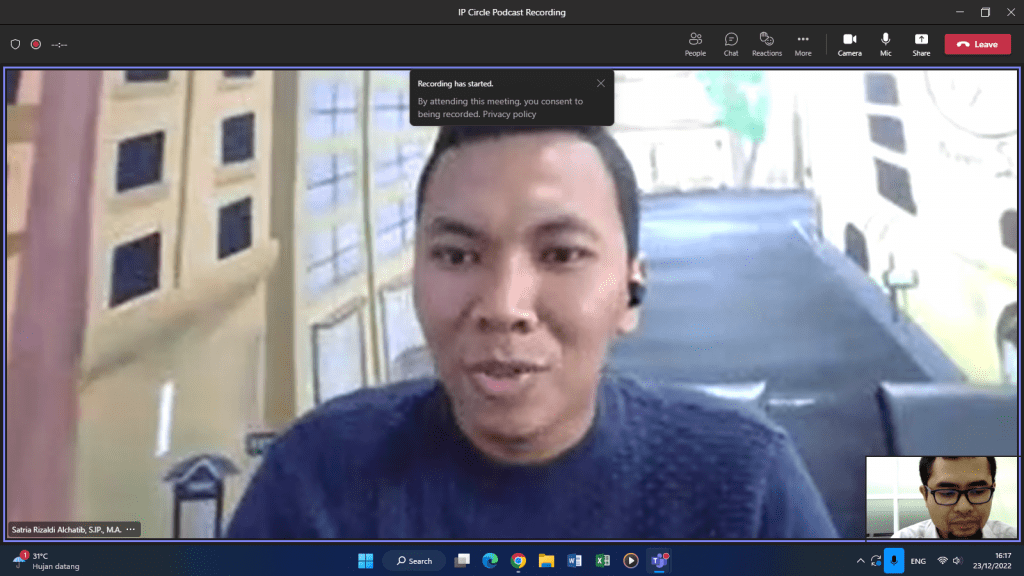
Next, I would like to explain the kind of challenges that we are currently facing in the Indo Pacific region. First of all, we would like to give a definition about what kind of condition are we facing in Indonesian relations around the Indo Pacific area according to ASEAN’s perspective. For example, from the statement of Marty Natalegawa, the previous Foreign Minister of Indonesia, he once described the Indo Pacific region as dynamic equilibrium, which is a region where there shouldn’t be any great power competition and there shouldn’t be any domination from superpowers of great powers. But there has to be mechanisms of multilateralism in dispute settlement as well as in problem solving around the Indo Pacific region.
Based on that definition, the Indonesian government has been persistently engaging various countries, middle powers and great powers altogether to resolve issues in ASEAN and the Indo Pacific region through multilateral dispute settlement mechanism. For example, previously in the Yudhoyono era, we have witnessed several organizations created under ASEAN. For example, the ASEAN+3, ASEAN+5 and ASEAN +8. We remember the East Asia Summit that was once used to gather various great powers as well as middle powers under ASEAN’s norms.It used to be a forum where China, USA, India, Russia and ASEAN members come together under the leadership of ASEAN. However, the East Asia Summit didn’t last long because there was a problem between various members and there was lack of political continuity from the governments of each country.
Recently during the Jokowi administration, Indonesia tries to bring back its regional leadership in Southeast Asia through different kinds of policies which try to challenge great powers foreign policy in the Indo Pacific. We have also witnessed various claims around the Indo Pacific era. For example, the Belt and Road Initiative (BRI) from China which also claims around the ocean region of South China Sea. We have seen China constructing manmade Islands in the Spratly and Paracel islands, which creates tension with ASEAN member states. And we have also seen the United States of America’s Free and Open Indo Pacific (FoIP) policy during the Trump administration, trying to bring back the status quo of having nobody, no country monopolizing the area or the ocean region of South China Sea.
And because of that, Indonesia, in the early stages of Joko Widodo’s administration, had a policy called the Global Maritime Fulcrum, trying to put Indonesia at the center between the Indo Pacific region, as a maritime power which connects different countries through its maritime outlook. There are different kinds of issues which we need to be addressed in the Indo Pacific area. First of all is to identify the countries which have great interests in the Indo Pacific territory. As we say, the Indo Pacific area has been described as the region of the 21st century where most great powers and middle powers are concerned about.
And they also have big influence in that region. We personally need to identify the powers there. We have China of course, which tries to dominate through Belt and Road Initiative. We also have the US which tries to keep the Indo Pacific area open. And we also have middle powers such as Indonesia. We have Australia, we have South Korea and also India has recently been dominant in addressing issues in the Indo Pacific area. Afterwards, we need to underscore the significance of “institutionalised cooperation” in addressing non-traditional security issues within the Indo-Pacific region (Nur Luthfi Hidayatullah, UINSA).
Reference:
Alchatib, S. R. & Hidayatullah, N. L. (2023) #EP 25 Navigating the ASEAN Outlook on the Indo Pacific (AOIP): An Indonesian Perspective. Indo Pacific Circle (online) https://www.ipcircle.org/podcast/episode/4d8c3b6b/ep-25-navigating-the-asean-outlook-on-the-indo-pacific-aoip-an-indonesian-perspective [accessed on 7 Jan 2023]

